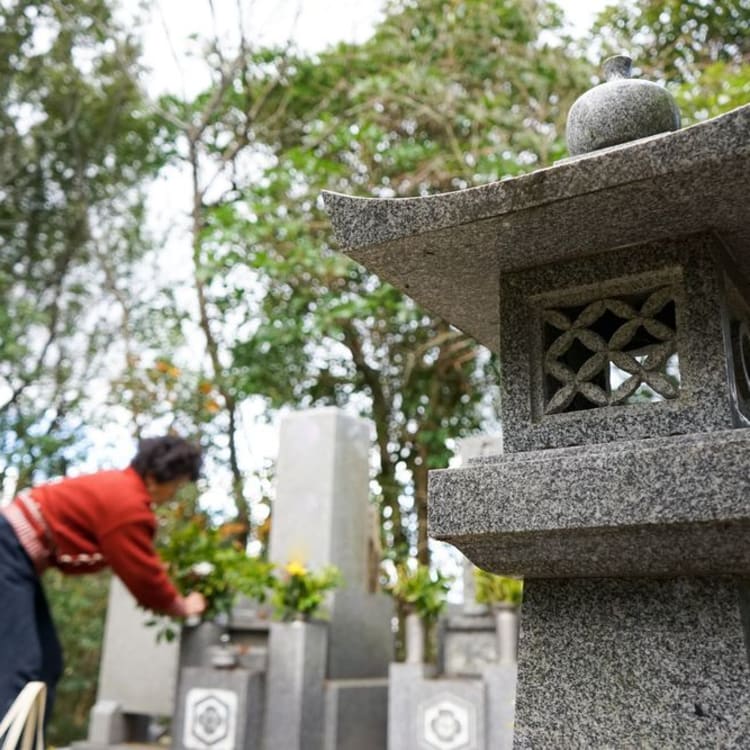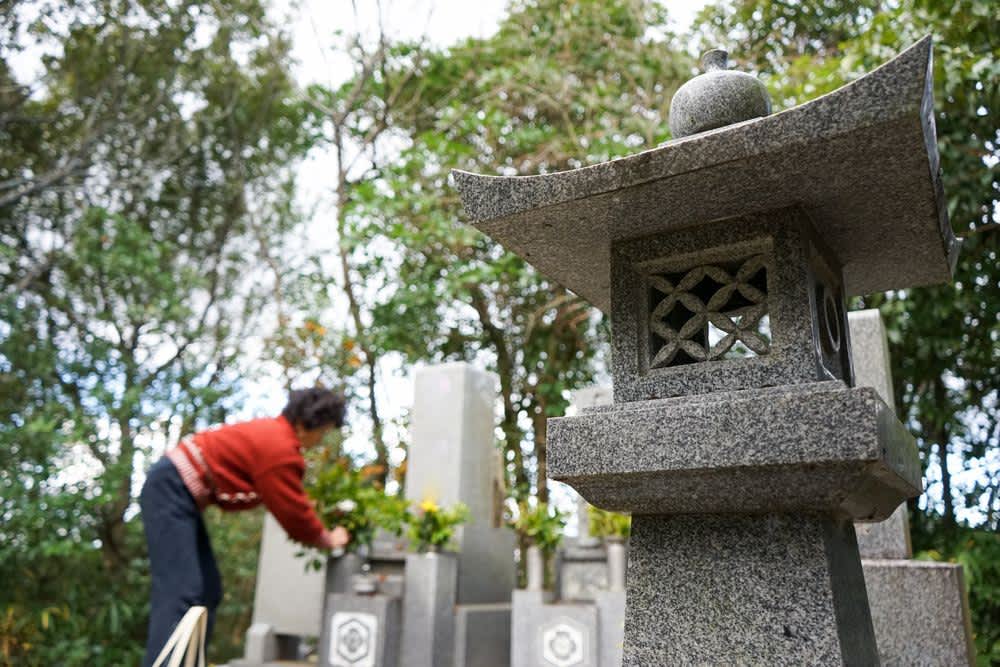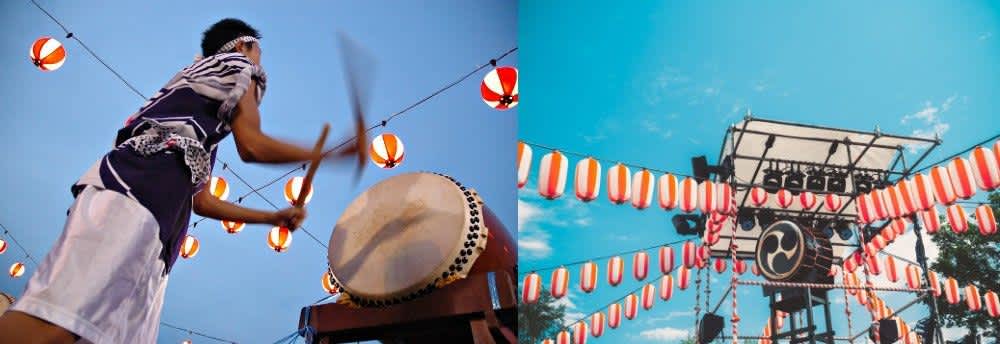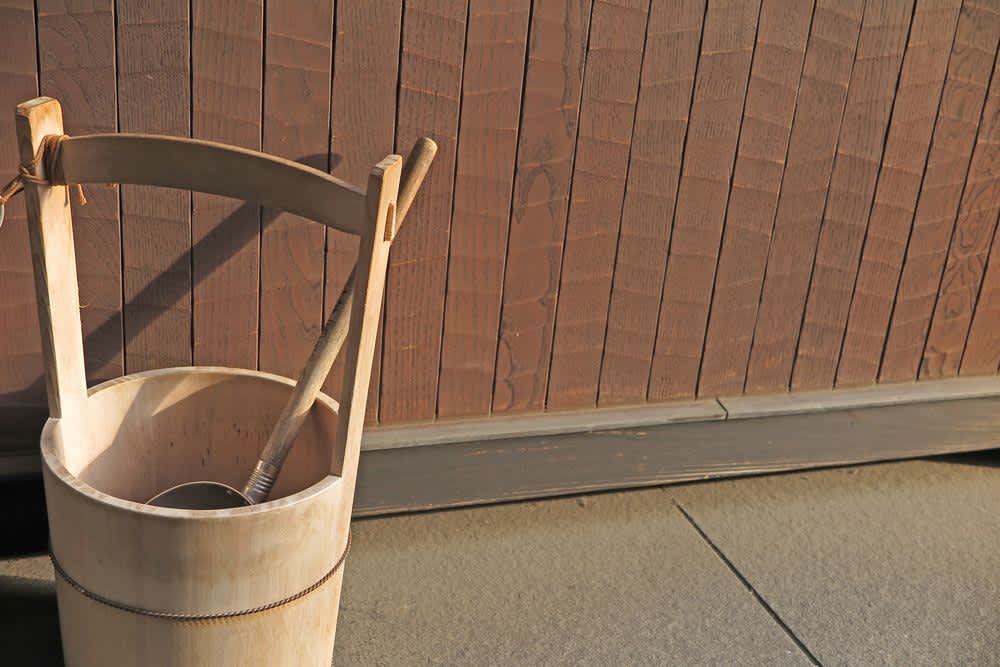
STORY How much do you know about the summer traditions in Japan? by JNTO on 14 August 2019
Japan is a country with unique culture and history, having its own traditions and numerous cultural festivals. You may have been to Japan and know about the country, but are you familiar with its cultural festivals? One of the most important traditions in Japan: Obon.

One of the most important traditions in Japan: Obon
Obon is considered as one of the most important traditions in Japan. It is an annual Buddhist event held for the commemoration to ancestors.

Japanese believes that spirits of their ancestors' return home to reunite with their families during Obon.Thus Japanese return to their hometowns for this occasion.
This is similar with the Hungry Ghost Festival in some Asian countries where people similarly come together to commemorate their ancestors. In most parts of Japan, Obon happens during Hazuki which means the "month of leaves" in Japanese. It usually goes around 13th to 16th of August. Obon varies between regions, but in the past, it was celebrated during the middle of the seventh month in the lunar calendar which is also known as the “Fumizuki ” (the "Month of Books” in Japanese).

The Obon week is one of Japan's major holidays, so you may expect a lot of people travelling back to their hometowns. However, in recent years, young people tend to take it as a chance to travel on vacation. Obon is a vitally important in Japanese culture and is as influential to people’s life as the New Year. It is a combination of peaceful reflection and commemoration at the same time.
The Obon Traditions
Obon consists of a three-days ceremony which calls the spirits of the family members to return home. Before the holiday, the family members usually clean up their houses, pay visit to the family graves, and put a variety of food offerings in front of the butsudan (a Buddhist altar in Japanese). The dedicating of offerings to their ancestorsis also very similar to the Hungry Ghost Festival.

The difference is that Japanese will also place figurines of horse (shoryouma) and cow (shoryoushi) made from cucumbers, eggplants, and disposable chopsticks. This is because they believe that the spirits of their ancestors return to this world onhorse backs and return to their afterlife on cows. By placing the figurines, they believe that ancestors can come fast and stay. (The significance of the horse is that it will enable the ancestors return fast, while that of the cow is that it will allow them to go back to the afterlife slow.)
Besides the offerings, Japanese also practice Toro Nagashi ceremony during Obon which is also known as the “glowing lanterns festival.”

“Toro” means lantern and “nagashi” means flow or cruising in Japanese. This ceremony was first held in 1946 when participants float lit paper lanterns painted with their individual family crests down a river to send off the spirits of the dead. The ritual is carried out on the last evening of Obon. At other occasions, Toro Nagashi festivals are also held to commemorate tragic events.
The joyful side of the celebration – Bon Odori
Bon Odori, means dance (odori) during Obon festival.

This folk dance has a history of about 500 years. It was performed to receive and send off the spirits of ancestors. Sometimes Bon odori dancers regard themselves dancing together with their ancestors and that is why some dancers put on masks to hide their face. Bon odori is treasured and performed in Japan during summer festivals. Although this dance may have different movements at different parts of Japan, basic moves are similar and they are usually easy to follow. Since it is a traditional dance, it consists of movements that resemble acts of harvesting crops or scooping mud and is usually accompanied by Taiko (Japanese drums). The participants usually wear yukatas (summer Kimono). Bon Odori is open for everyone to join. If you happen to encounter one when you are in Japan in summer, just enjoy yourself in the dance!Tips for joining Bon Odori is to watch the dancers’ move closely first then join in the circle of the dancers following other dancers.

A traditional practice to beat the heat during festival
Japan’s summer can in fact hit temperatures of 40 degrees.. Japanese have all kinds of innovative ways to beat the summer heat, such as cooling wipes, portable fans, and shaved ice. However, there is a smart way of reducing the heat wave that has been passed down from the ancient Japan.Have you ever noticed a wet patch of pavement on a sunny day and wonder if it rained? Or have you noticed a Japanese housewife pouring a pail of water on the street instead of pouring into the drain? This is uchimizu, a smart tradition for cooling that can be traced all the way back to Edo era.

“Uchi” in Japanese means strike, “mizu“means water. These two terms combining to revealthe scene of water hitting the ground. Many elderlies in Japan still perform this tradition during summer every day. It is somewhat similar to the mist fan that we see at some outdoor events where the fans will blow out mist. You may doubt how much it can help by just splashing water on the ground. However, through the process of vaporisation, it takes away a significant amount of heat energy.
Beside doing it as a daily activity, there are also many uchimizu events in Japan that you can participate. Please note a few points when you do uchimizu. Never use tap water to fill your bucket or bottle. Always use recycled water such as used bath water or collected rainwater. Always beware of your surroundings and passers-by while splashing water. Also avoid splashing water on slippery surfaces such as manholes.
















































